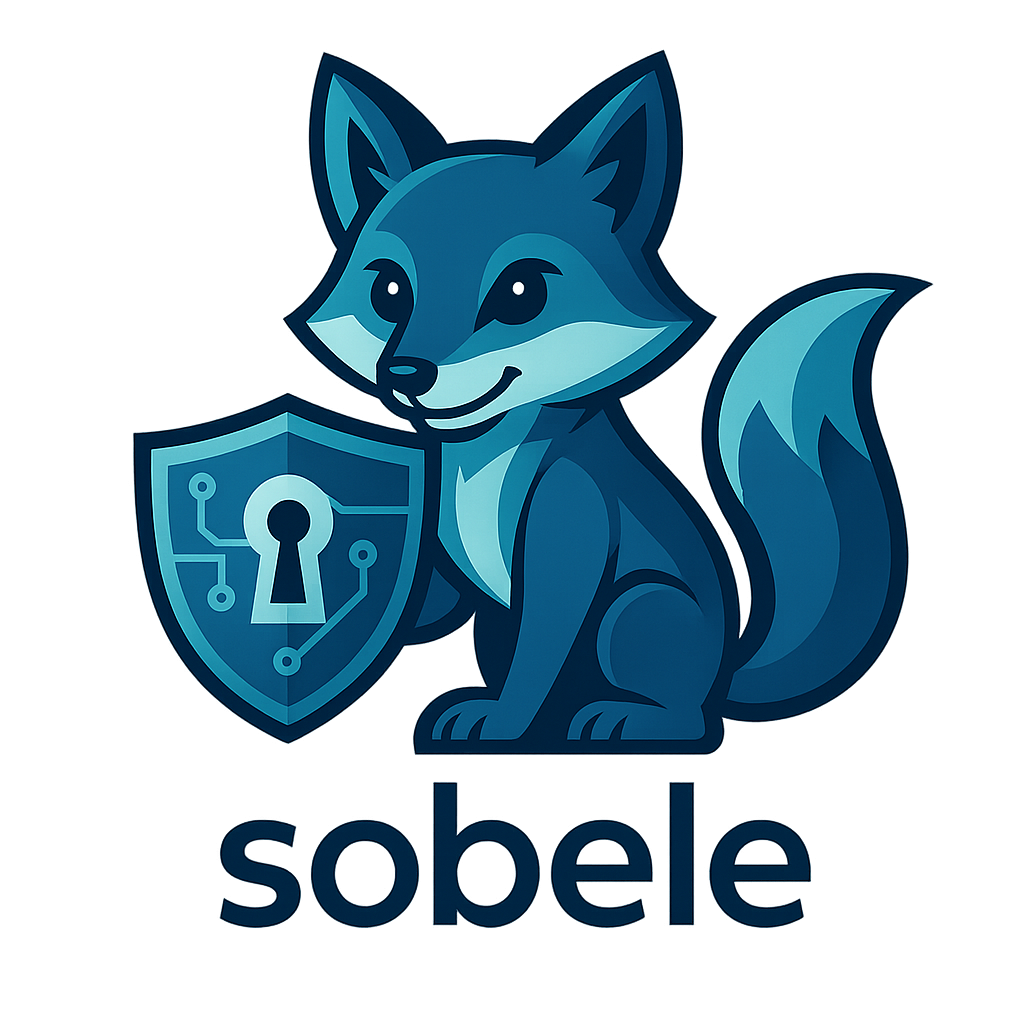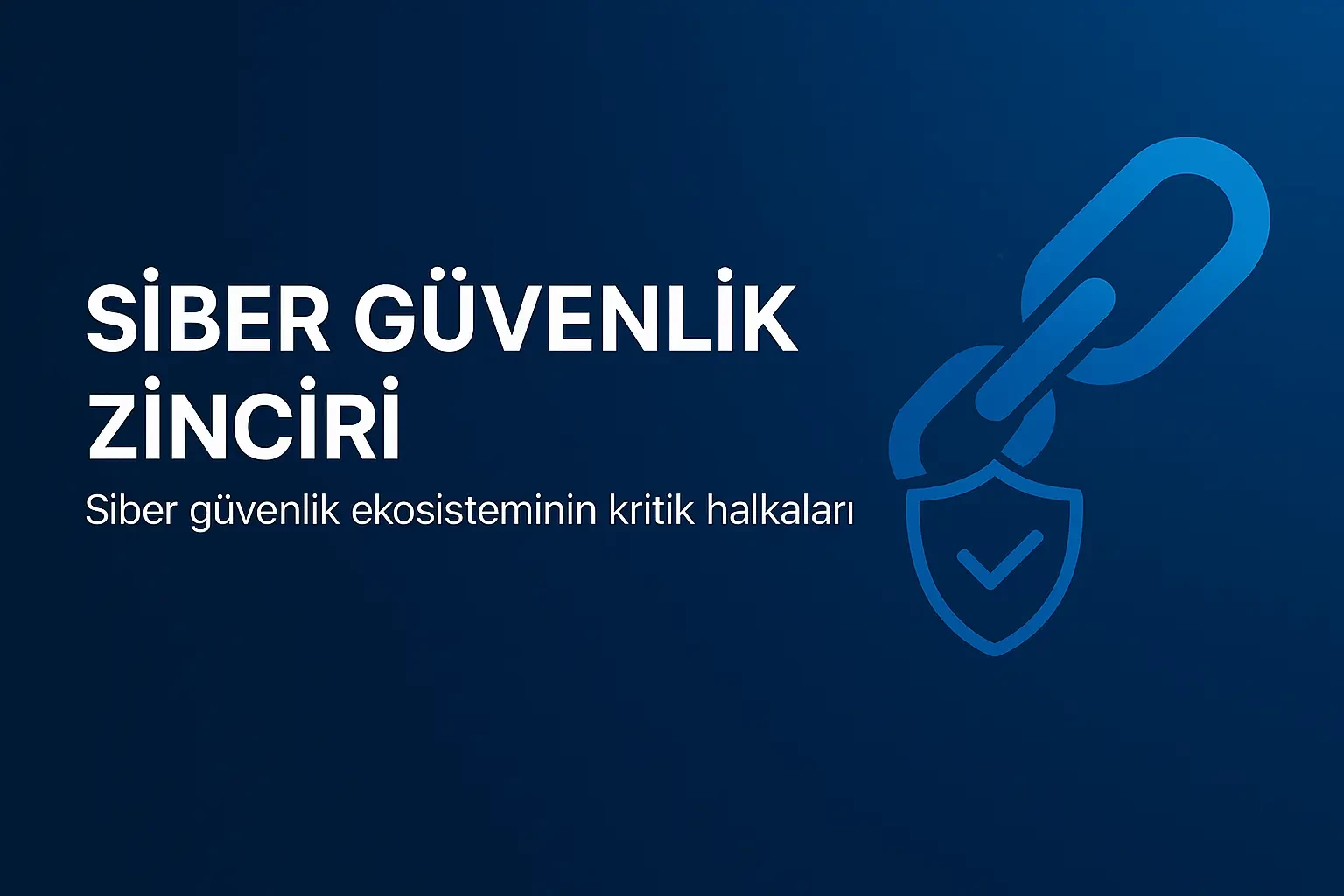The Cybersecurity Chain
The cybersecurity chain is a dynamic and complex ecosystem consisting not only of technological systems but also of various actors interacting with these systems. Each link is critical for the integrity of the chain. Here are the main links of this chain, their roles, and their places in the ecosystem:
1. Public Institutions
Role: Regulatory, directive and implementing
Public institutions play a central role in the creation and implementation of cybersecurity policies. They set standards on issues such as national cybersecurity strategies, data protection laws, and protection of personal data.
Institutions such as BTK, USOM, KVKK are actively working in this field in Turkey.
They are responsible for protecting critical infrastructures (energy, health, transportation, finance, etc.).
Weak security infrastructures of public institutions can often be the breaking point of the chain.
In Turkey, all kinds of critical data belonging to citizens have been leaked through the weak infrastructures of most ministries within the last 5 years.
2. Private Sector
Role: Implementer, investor and target
The private sector is both the most frequent target of attacks and the driving force behind cybersecurity investments.
Sectors such as e-commerce, finance, telecom, and health are priority targets against cyber threats.
They strengthen their defenses through in-house cybersecurity teams, outsourcing, and consulting services.
Many private companies have started to produce their own threat intelligence.
3. Ethical Hackers / White Hats
Role: Security tester, consultant, defense specialist
Ethical hackers find and report vulnerabilities in systems before malicious people do, closing security gaps.
They work in services such as DAST, Red Teaming, and Pentest.
They can work independently on bug bounty platforms.
While working with corporate discipline on one hand, they carry the hacker mentality on the other.
4. Hackers (Black / Grey Hats)
Role: Attacker, exploiter, sometimes conscious sometimes anarchic actor
This group varies according to their motivations: money, political goals, ego, protest, or curiosity.
State-sponsored hacker groups (APTs) can conduct multinational operations.
While some work in organized cybercrime groups, others act only individually.
Their attacks develop the reflexes of other links in the chain.
5. Script Kiddies
Role: Superficial attacker, threat but also untrained tester
They are people with limited technical depth who usually make attacks using tools written by others.
Their motivations are often showing off or curiosity.
They are commonly seen in superficial attacks such as DDoS, SQL injection, and website defacement.
Although not as dangerous as a real attacker, they can pose a serious threat to weak systems.
6. Lamers
Role: Ignorant, aimless, uncontrolled threat
They are generally individuals with limited technical knowledge, aiming to cause harm but not fully understanding how they do it.
They try to tamper with systems using copy-paste commands in forums.
They often identify themselves as "hackers" but their attack knowledge is shallow.
Rather than being dangerous, they create unnecessary noise but are important test objects for the resilience of systems.
7. Cybersecurity Companies (example: Sobele)
Role: Protector, developer, strategic partner
These companies provide preventive, detective, and responsive services against external threats for both public and private sectors.
They strengthen the security of the chain with services such as threat intelligence, attack simulation, consulting, and vulnerability scanning.
They act with the philosophy of "Think like a hacker, act like a corporate."
These firms, combining corporate awareness with hacker intuition, are among the critical components of the chain.
8. Academic and Educational Institutions
Role: Knowledge producer, talent developer
Universities, technical high schools, and private educational institutions that train cybersecurity experts provide qualified human resources to the sector.
They form the basis of security research; some academics play a role in vulnerability discoveries.
They produce research and development areas that continuously feed the ecosystem.
9. Users / End Users
Role: The weakest link in the chain
Although systems may be perfect, user error is the basis of many attacks.
Behaviors such as using weak passwords, falling for phishing scams, and postponing updates increase risk.
Increasing cybersecurity awareness makes the chain more resilient at this link.
This is how the cybersecurity chain is a multi-layered, dynamic, and interactive structure. The conscious, strong, and correct positioning of each link is essential for the sustainability of security in the digital world.


No comments yet. Be the first to comment!